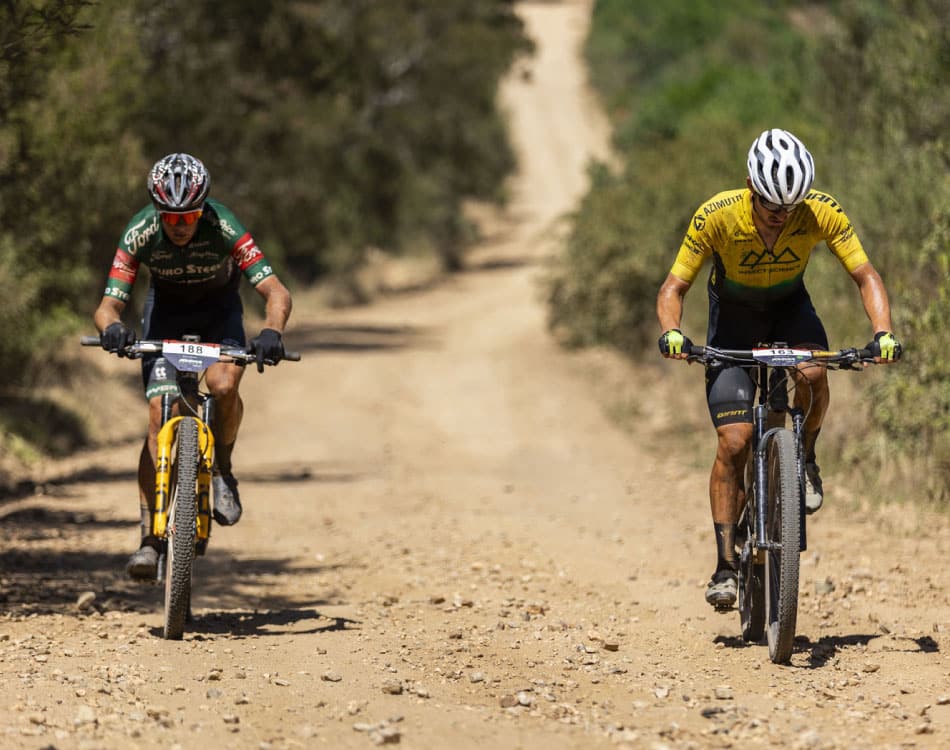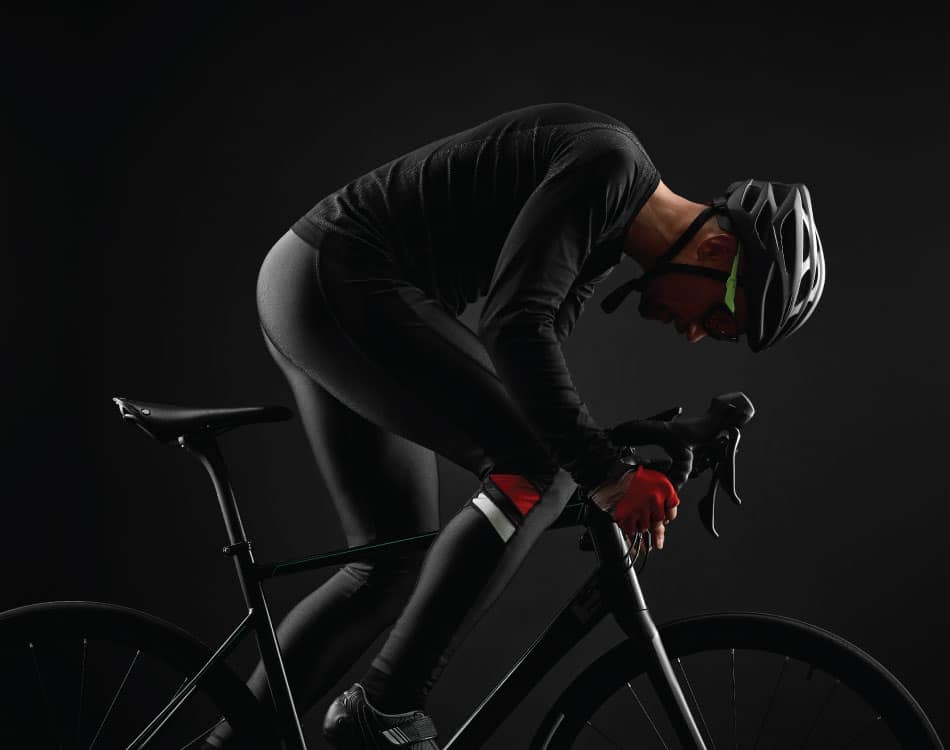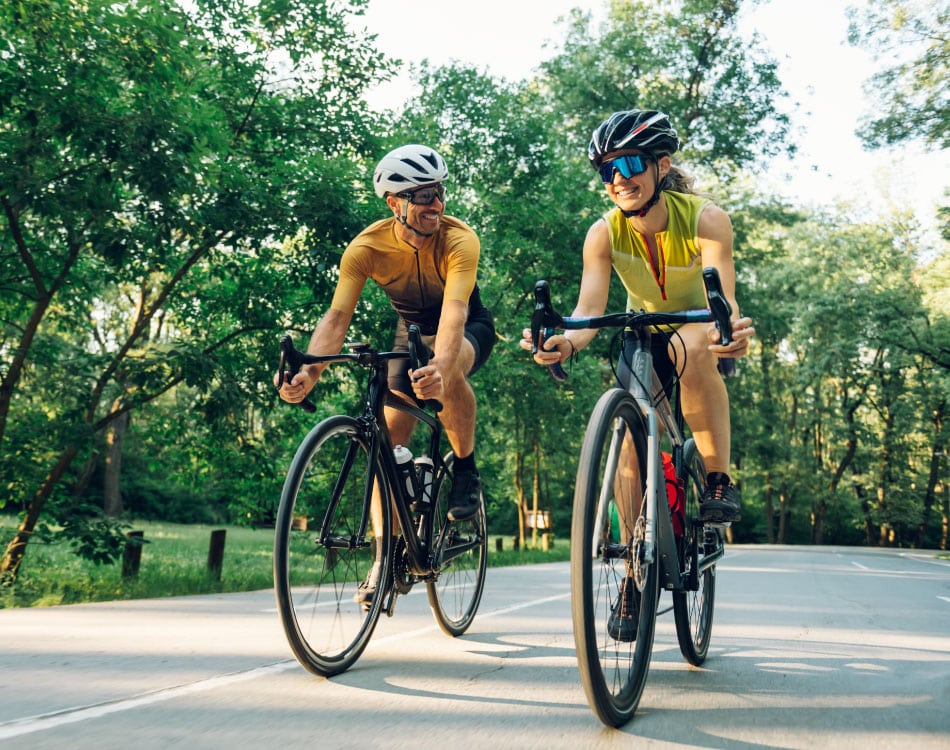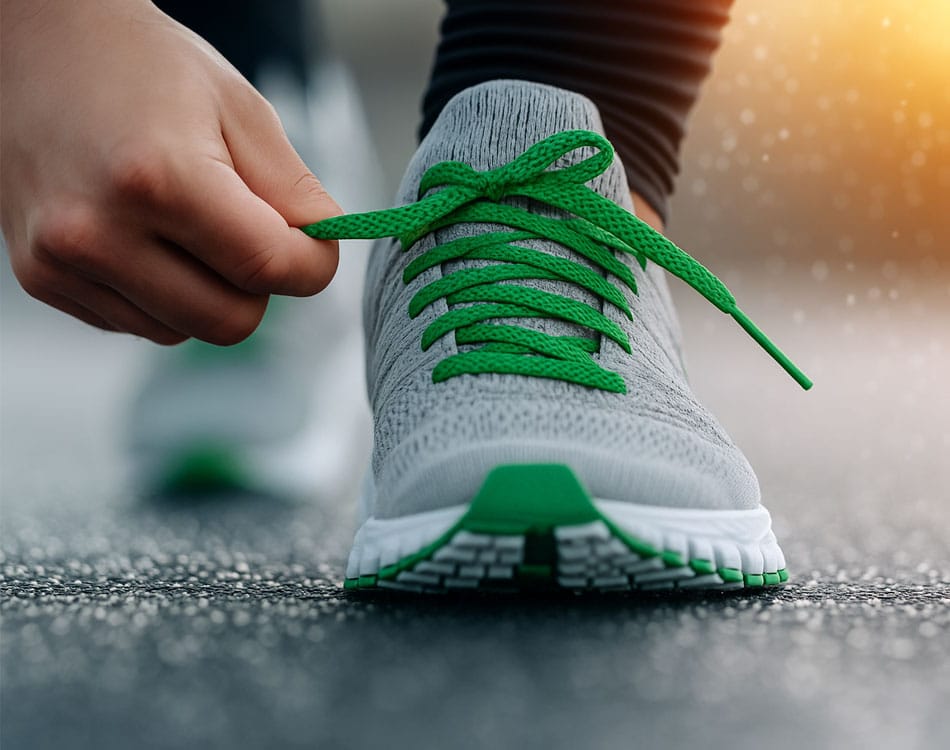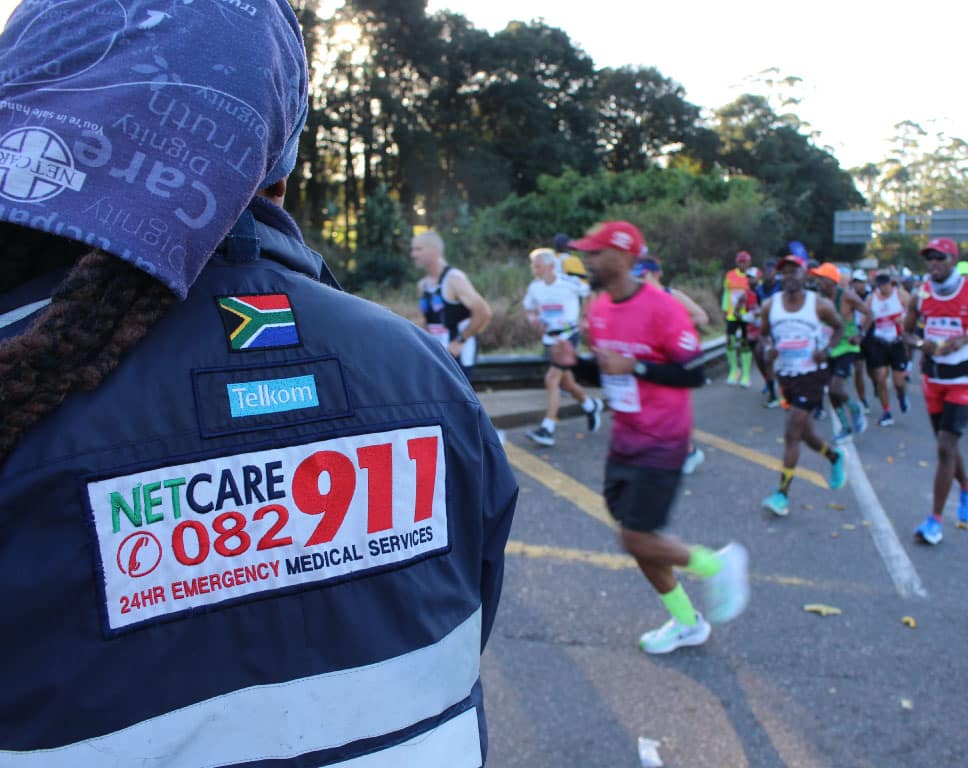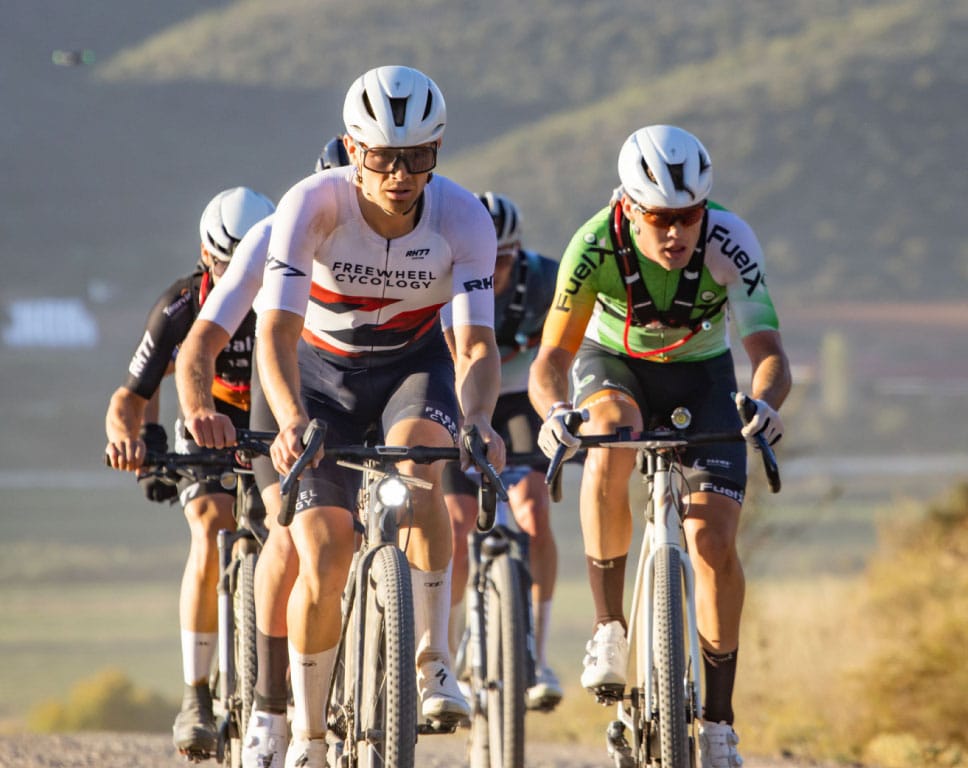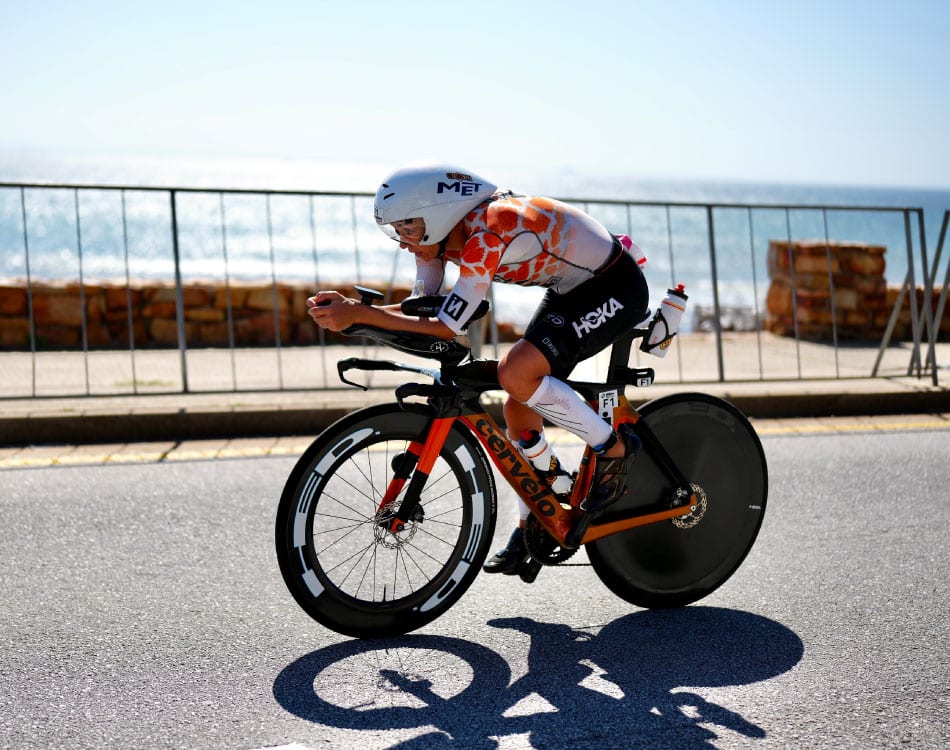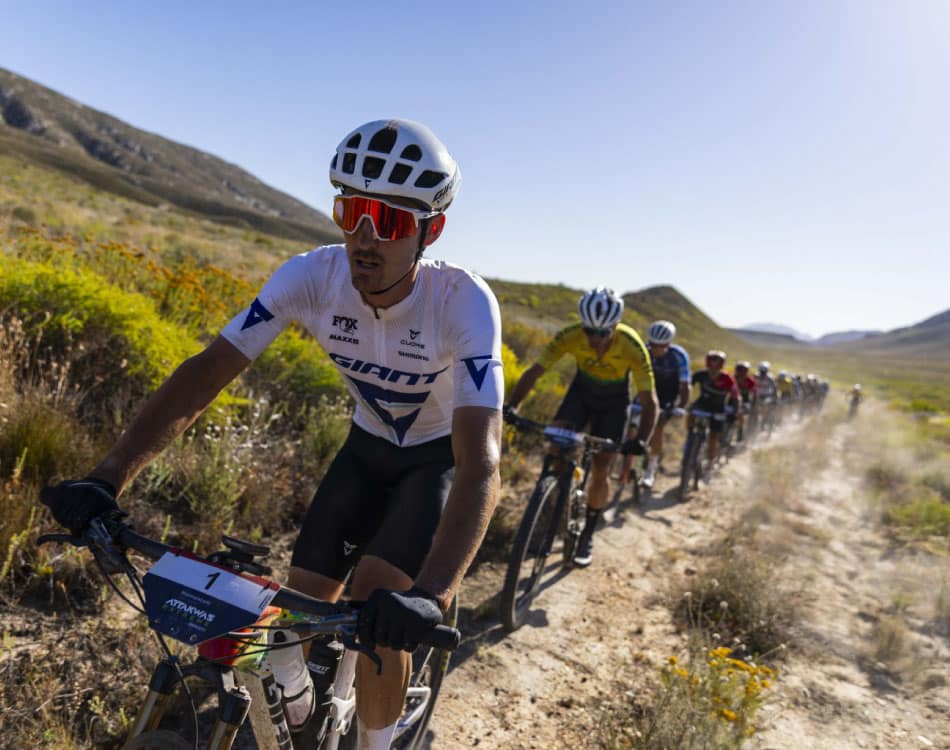Hills are every endurance athlete’s nemesis, but if you live, train and race in South Africa, you seldom find a ride, run or race route without some vert.
Love them or hate them, becoming a more proficient climber can take minutes off a PB and make the usual slogfest a little less of a suffer-fest.
Traditional endurance lore suggests that to become a better climber, you need to climb more. While this is certainly not bad advice, and hill-specific training is vital in any programme, there is a lot more you can do to start ‘eating’ hills for breakfast.
Focusing on all the following areas will help you become a stronger, more efficient and, ultimately, faster climber.
Become a hill hunter
Repeats, intervals, steady climbs, sustained efforts – there are many ways to train on a hill but it is vital that you include a combination of all these bread-and-butter hill sessions in your training plan.
Performing threshold efforts on steep gradients is common in cycling and running training plans, especially to prepare for hilly race routes.
The theory behind threshold efforts is that they increase your capacity to ascend faster with a lower relative effort. This leaves more energy in the tank to get you to the finish line.
Aerobic threshold sessions are lower intensity sustained efforts at 80-90% of your lactate threshold (LT), while anaerobic intervals are performed above your threshold.
These harder efforts are usually shorter bursts lasting for a few seconds up to a couple of minutes at most. These hill repeats are the best way to build your climbing capacity by developing top-end power. Always include a good warm-up of 20-30 minutes before performing your hill repeat workouts.
It is also beneficial to include hills in unstructured training runs, especially long runs. You can also do hilly recovery runs, provided you manage your effort and keep your heart rate within your recovery range.
Fix your form
Whether you’re mashing on your pedals or pounding the tarmac, your body position matters. However, it’s not necessarily for the reasons you think, especially for cyclists.
For cyclists: Research affirms that aerodynamics typically only becomes an important factor at speeds above 16kph. As such, your body position on the bike matters more for power generation, as well as comfort.
With regard to comfort, rider preferences vary. While some opt to remain seated, others like to stand. Some take a combined approach based on the gradient and their perceived effort. In general, lighter riders will find it easier to climb out of the saddle while heavier riders tend to remain in the saddle for longer.
The key is to find what feels right for you by trying different options on training rides. Once you identify your preferred position, perform the majority of your structured work in that position, but don’t neglect the other option.
When seated, keep your upper body as still as possible and your shoulders down and relaxed. Your hands should loosely grip the bars – do not ‘white-knuckle’ your way up a climb.
When climbing out of the saddle, keep your shoulders squared and facing forward and try to keep your torso as upright and as still as possible. Avoid rocking from side to side excessively as this will waste energy. Keep your cadence high and your pedal stroke smooth.
For runners: When running up a hill, lean forward into the hill slightly to tilt your centre of gravity forward. However, it is important that you lean forward from the ankles and not the hips.
The best position is an upright torso that allows full hip flexion during the knee drive – leaning forward from the waist limits hip flexion. Extend your leg fully behind you as you extend your hip through your gait cycle.
Taking shorter strides can help conserve energy and lower perceived levels of exertion. It is also important to stay relaxed. You can also drive your arms on shorter, sharper hills to generate more forward momentum.
Build your engine
Whether you run or ride, you can’t build your VO2 max (the maximum amount of oxygen in millimetres that your body can absorb and utilise per kilogram per minute) effectively by climbing hill after hill.
In real terms, hill climbing is slower than track or flat interval workouts. While any intensity helps to improve oxygen utilisation, hard efforts at near-maximal speed are the bread-and-butter workouts that push up your lactate threshold and VO2 max.
And a bigger engine will ultimately deliver better performance, whether you are racing on a flat course or a hilly route. So don’t swap all your structured workouts for hill sessions. A combination of both will ensure a balanced and effective programme.
The ideal approach is performing shorter intervals – from 30 seconds up to 2 minutes – at 100% of your VO2 max, separated by ample recovery intervals (usually equal in duration to the working interval) to maintain the quality of subsequent efforts. It is generally best to keep hill intervals to 20-90 seconds.
Get strong
The other key element to gliding effortlessly up a climb is strength. Propelling your body upward requires greater force. For that, you need strong muscles that contract more forcefully, especially in your prime lower body movers – the glutes, quads, and hamstrings.
While endurance athletes generally possess a predominance of slow-twitch muscles fibres, working to build your fast-twitch fibres and increasing overall contractile strength across both types will add impetus to your climbing prowess.
While cyclists and runners use slightly different movement patterns and, therefore, muscle groups, both require strong glutes and ample hip mobility to move efficiently and generate maximal power.
To run and ride well, both on the flats and the hills, athletes need strong glutes that fire at the right time. However, whereas runners need strong hamstrings to fire after their glutes to drive them forward, cyclists rely more on their quads to transfer power to the pedals (that’s not to say that runners don’t use their quads and cyclists their hamstrings, though).
Developing all of these muscles in the gym (or at home with bodyweight exercise and band work) with a combination of multi-joint functional movements, targeted isolation work and eccentric (muscle lengthening under tension) exercises will deliver better performance on the climbs and lower your injury risk.
Similarly, endurance athletes can also lose significant power and fatigue due to a weak core. Weak core muscles reduce functional stability in the torso and pelvis, which can compromise your riding position or running posture, and impacts power transfer.
And poor core activation can place additional demands on hip flexors and accessory muscles as they compensate, which further impacts performance and fatigues the body faster. As such, improving your stability with core strengthening exercises will help you maintain the most efficient posture as you tackle every climb.
Adjust your effort
When muscles contract more forcefully to drive your body up a hill, your work rate increases, which will likely push you into your anaerobic threshold. That’s when you build up lactic acid and other metabolites at a faster rate and burn more of your limited carb-derived glycogen energy supply.
The net effect is that you fatigue faster and you will probably have less fuel and physical capacity left to get you to the finish line.
These factors mean that you have to adjust your effort when you reach the base of a climb. The best approach is to ease into the effort rather than attacking the climb from the bottom.
And attempting to sustain your target average pace will mean you’re more likely to hit the wall. So dial it back and rather make back time over the top.
Know your numbers
The key to staying in the optimal zone on a climb is knowing your numbers. For runners, working within a target heart rate zone is a more objective approach than the subjectively perceived effort method. Keeping an eye on your heart rate monitor will ensure you remain in your aerobic zone.
While cyclists can use the same approach, power meters that provide functional threshold power (FTP) data offer another accurate method to better judge your efforts up a climb.
Power meters also offer an immediate representation of effort, whereas your heart rate takes time to ramp up when you transition from the flat to an incline. As such, this is another reason to ease into a climb if you’re using heart rate to gauge your effort.
Obviously, every athlete’s ideal heart rate or power numbers will vary. The best advice is to consult a coach to determine your target numbers, or test yourself on climbs periodically and compare your data. This approach should give you a good indication of your target heart rate, power and speed numbers. You can also use training apps like TrainingPeaks or Strava to determine these figures for you.
Breathe better
Efficient breathing is vital for effective climbing. However, few athletes give this automatic physiological function much conscious thought. Most people rely only on their weaker intercostal muscles found between the ribs to breathe – even active people. This is generally called chest breathing.
When effort levels rise, breathing rates increase in response. Yet this tends to result in a rapid and shallow breathing pattern that doesn’t utilise your full lung capacity.
When a runner or cyclist hits a climb, they should make a conscious effort to activate their diaphragm – the body’s main breathing muscle. Diaphragmatic (aka abdominal or stomach) breathing causes the abdomen to expand rather than the chest. It is characterised by slower, deeper breathes.
This method fills the lungs and more of the sacs (called alveoli) that are responsible for gas exchange with the circulatory system with air. This ensures more oxygen reaches red blood cells, which delivers these molecules to working muscles for energy production.
Cyclists also need to contend with a body position on the bike that can create problems for the diaphragm and other thoracic muscles because it can restrict the free movement of the ribs and abdomen. This is another reason why riders should sit in a more upright position when climbing.
Fuel your effort
Every time you climb, you burn energy to fuel your effort. It is vital to not only have sufficient energy to feed working muscles but to also replenish what you burn once you’ve crested the climb.
In general, your effort level on short, sharp climbs makes it difficult and impractical to eat. So have a few bites of an energy bar or a gel, or swig from your drink bottle a few kilometres from the foot of the climb to ensure those carbs hit your bloodstream at the right time.
For longer climbs, which will burn more calories than a short hill, top up your energy reserves before hitting the early slopes, and continue eating and drinking as you ascend. Just don’t eat or drink too much on the climb because your legs will require more blood, which leaves less available for your digestive system.
Lighten up
Lastly, when it comes to moving an object up a hill, weight matters! There is a reason why the smallest and lightest runners and riders are typically the best climbers.
For instance, according to scientific data, every pound (0,45kg) of body weight takes approximately two watts to move uphill. As such, finding the right balance between height, weight, and power is vital for optimal performance on the climbs.
In general, lowering your body mass index (BMI) – a measure of your ideal weight for your height – will make you a more efficient climber.
And you can also look to shed weight from your equipment. While options are limited for runners (lighter racing shoes are better than heavy and bulky training shoes), cyclists have multiple ways to strip away grams. From lighter carbon frames and wheelsets to bottle cages and handlebars, the only real limitation is your budget because shedding equipment weight is typically a very costly exercise.


